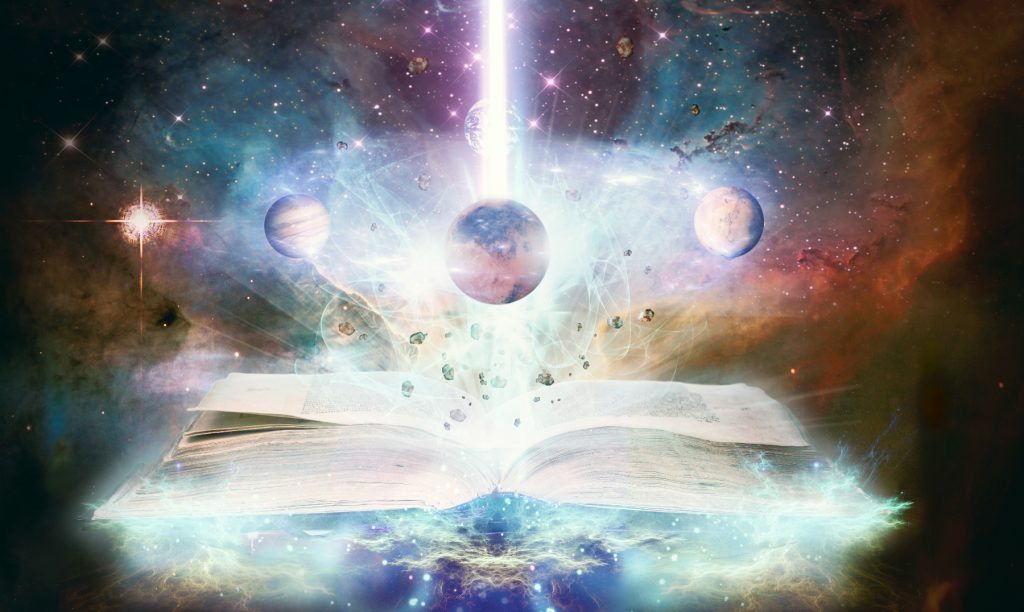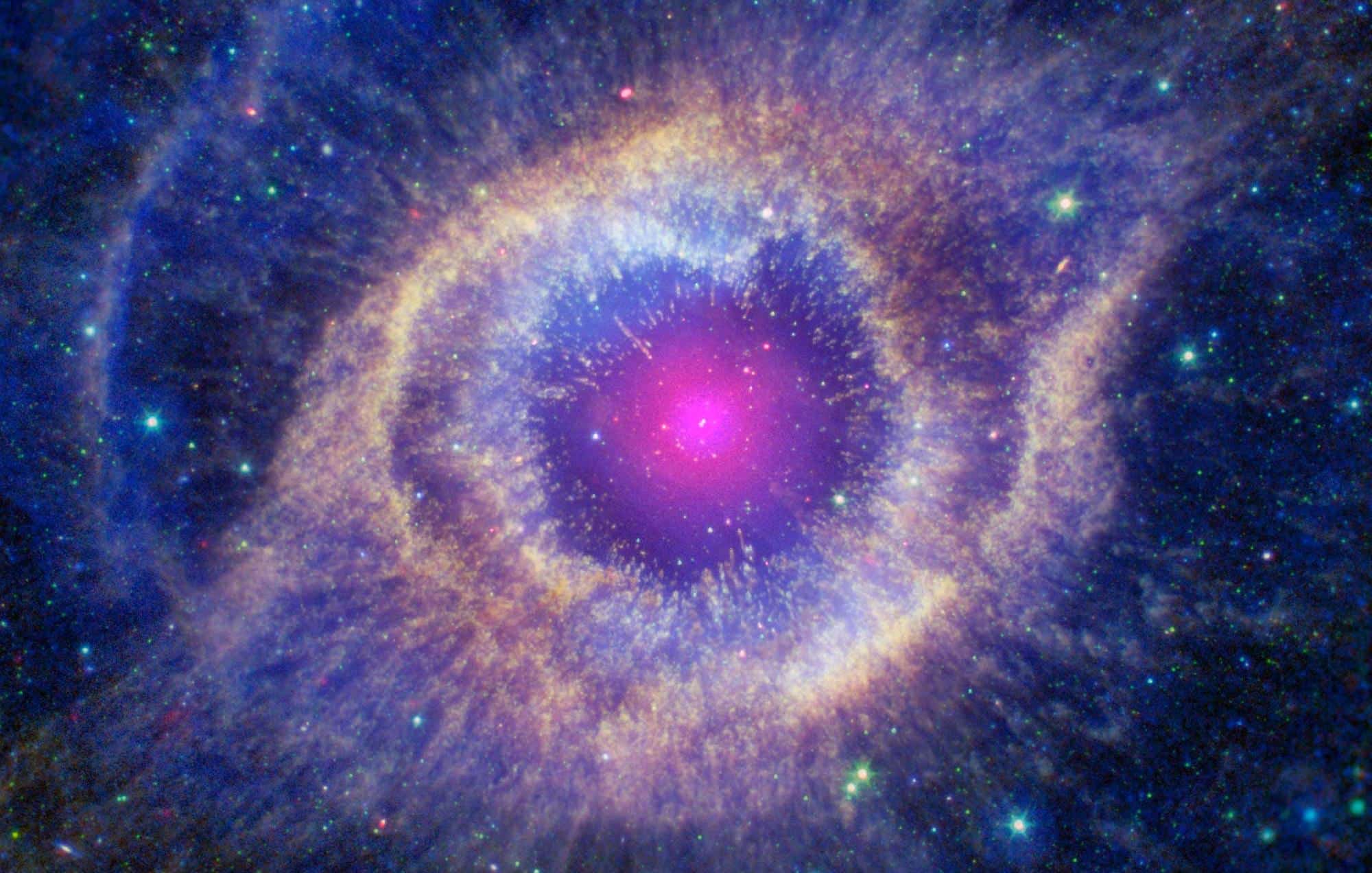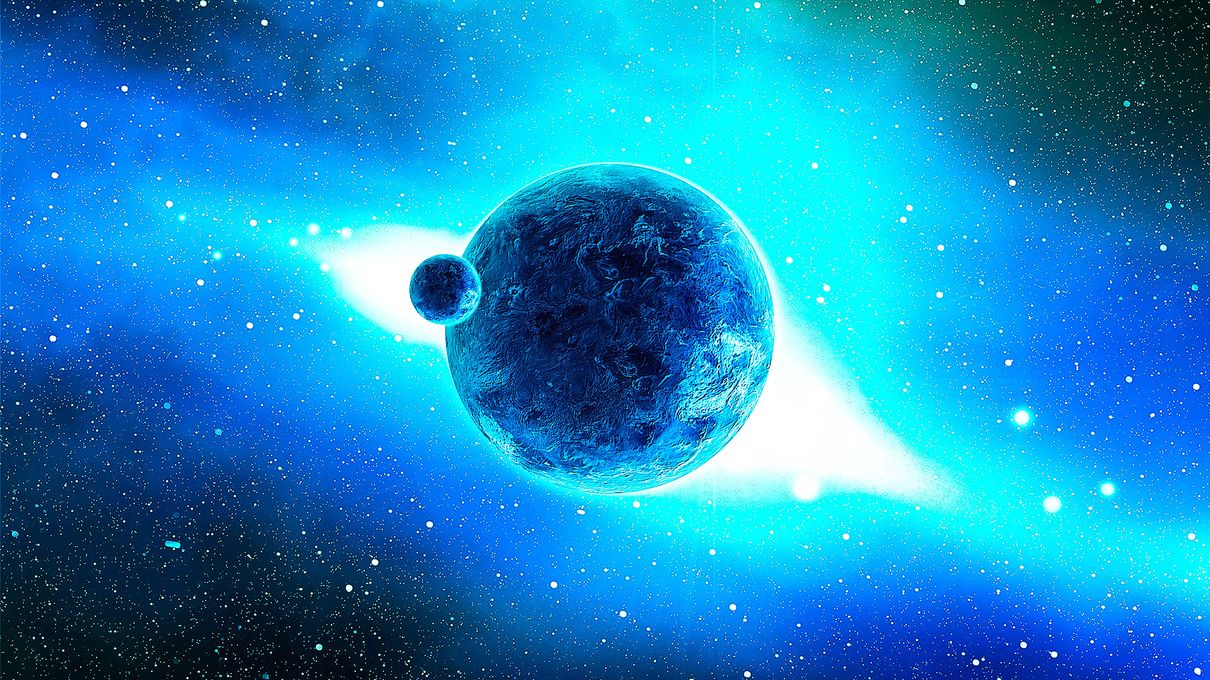Stars – Understand everything about this luminous celestial body!
A star is a luminous celestial body that owes its shape thanks to the power of gravity and the hydrostatic balance. On the one hand, the stellar matter moved to the center of the star while on the other hand, the plasma movement went through the sky.
Our star, it’s decir, the star of the Earth is the Sun, even though many others are seen from our planet and appear as lejanísimos points of light.
About the stars and their life cycle
The stars are grouped in constellations and the ones that are more luminous receive their own name. A list of the stars has been created by astronomers along the lines of siglos. What keeps a star alive is its interior energy where gases such as hydrogen and helium fuse together, producing an energy material that flows through. Most stellar gases are produced through stellar nucleosynthesis.

Scholars can determine the age, the chemical elements of the star, its level of luminosity and its volume. Other features of the star are the temperature and the absolute magnitude that form part of the Hertzsprung-Russell diagram that astronomers use to know the age and the evolution of the star.
The life of a star empties with the formation of a gaseous nebula composed of hydrogen, helium and other gases. When the hydrogen turns into helium, it produces energy while the other elements go to the center of the star by the phenomenon of convection.
Once the hydrogen is about to end, a star with a considerably smaller mass of the Sun, becomes a giant red with some gaseous elements that are deposited in the external part of the nucleus.
The old star emits in the outer space part of its material that will form a new generation of stars. The nucleus of the mother star can be converted into a white dwarf, a neutron star or a black hole.
The force of gravity can constitute binary systems, that is to say, sets of stars that move following a stable orbit, but can form part of stellar clusters or galaxies.
The stars produce different types of energy such as electromagnetic radiation, neutrinos and the stellar wind that allows us to observe them as luminous bodies from our planet. However, the Sun is the closest star to the Earth and due to this production in the sky what we know as day (when it is present), and night (when it is absent).
The interaction of the gaseous elements performs the hydrostatic balance of the star. With the passage of time the exchanges cause the fusion of atoms in the outermost parts that tend to increase their diameter.
This process causes changes in luminosity and color of the celestial body, during this phase of collapse the gravity and the fusion of interior material carry out changes in diameter until the gravitational force imposes itself on the external layers that do not have elements to fuse.
The collapse process ends up when the star does not have material that fuses entering a terminal phase that will give rise to a supernova. Generally, stars are formed by means of molecular clouds produced by galactic collisions or by supernovas.
These clouds are united with each other by gravitational force and give rise to a proto-star that, in its interior, supports the hydrogen fusion process, in a phase known as the main sequence in which the star is found for 90% of its life.
When the hydrogen ends up in the nucleus of the celestial body, the star can convert, according to its mass, into a white light or explode in a supernova, with its remains that can form a neutron star or a black augur.
The majority of the stars have a spherical shape and a low rotation speed, while others can present different speeds between the regions of the poles and the equatorial regions.
The stars with very low rotation speeds lose their mass with more ease, especially in the final stages of their life, all the matter expelled into interstellar space will include heavy elements that will form other stars and planets.
The stars can form among themselves agglomerations or binary systems to be united by gravitational forces, until including thousands or millions of stars that create the stellar cumulus.
In our galaxy there are different types of cumulus: globular that include hundreds of thousands to millions of stars, and open cumulus clouds that are more recent and with a smaller number of stars. But there are also stars who travel isolated habiéndose de sus originales groups like our Sol.
Many of the stars are distributed and grouped in galaxies, the sky is where we see all the nights show a certain uniformity in the distribution of the stars, but what we observe is only a portion of the galactic plane. In the surroundings of the Solar System, the majority of the stars are found, located in the constellation of the Sagittarius.
The distances between the stars are huge despite appearing fixed in the night sky. The astros were of great use for the orientation of the mariners and even for the astronauts in the spaceships.
The stars were the only method that was used in the past for the orientation until the arrival of the electronic instruments of the positioning to the mitad of the XX century.
Internal structure of the stars
The stars are made up of three parts: the core, the mantle and the atmosphere. The nucleus is the place where all the reactions of the interior gases take place, the mantle takes the energy generated from the stellar surface, while the atmosphere is the superficial and visible stratum. In turn it is divided into chromosphere, photosphere and solar corona.
In the corona, while the matter is directed as the temperature tends to increase, it is formed by elements and particles on them that influence the magnetic field of the star. The nucleus and other zones can be transformed with the evolution of the star that has an approximate life between 1000 and 10000 million years, if otherwise they have a much longer life.
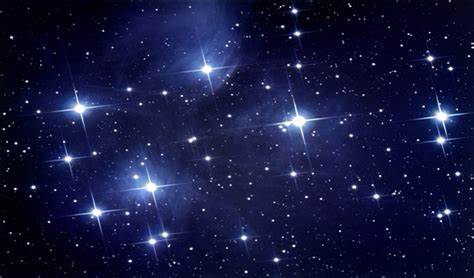
In the twentieth century, all scholars wondered where the energy that fed the stars came from. It was not a matter of chemical reactions because none of them was able to achieve the luminosity of the Sun. I didn’t know the heat that was a source of energy but it didn’t explain the heat provided in thousands of millions of years.
Astrophysicist Arthur Eddington was the first to maintain that stellar energy was produced by nuclear reactions. The known processes are from: the fisión and the fusion.
The fisión does not manage to maintain the luminosity of a star due to its low energy input that requires heavier elements than the hierro that are not found with abundance in the Universe. The first fusion process that was discovered capable of producing the inner energy of a star took the name of its scholar talking about the Bethe cycle.
The fusion reactions take place in the nucleus of the stars, which depend on the size of the stars. Generally, nuclear processes need a percentage of 75% hydrogen and 25% helium with small amounts of other elements.
The metallicity of the stars depends on your age, which is more low in the old stars, in our galaxy, the Milky Way, the stars are divided into two groups according to their metallicity: the population is only one that has a very high level of metallicity, I mean the poor in metals belong to the population II.
The interior structure of a star changes with the passage of time, when certain metallic elements increase or decrease while the metallicity of a star does not increase too much during its lifetime. However, when the spectrum of a star is observed, it is noticed that it has the same composition of when the nation was born.
Nuestro Sol, meanwhile, is defined as the prototypical star because it is the star most studied by scientists and even the most close to Tierra. The human habit of classifying the stars was first performed by Hipparco de Nicea and transferred to Western culture thanks to the works of Ptolemy.
Generally, the classification was based on the brightness of the stars seen from the Earth. Hipparco was concerned with instituting a system of magnitudes that included the most brilliant stars of the first magnitude and the least brilliant ones belonging to the sixth magnitude.
Brightness class and spectral type
However, the most recent classification is based on the spectral type. In this regard, there are two types of classification: the Henry Draper catalog created at the beginning of the XX century, which deals with the spectral type, and the Yerkes Observatory catalog created in the 1940s, which determines the luminosity class.
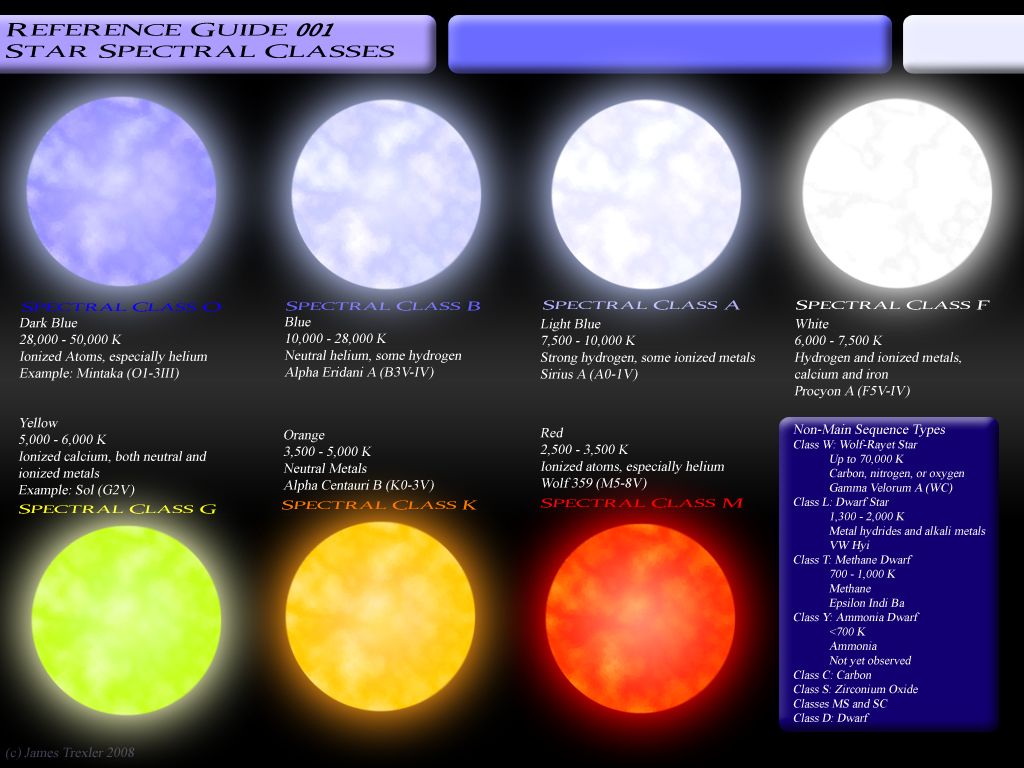
As far as the spectral type is concerned, it considers the surface temperature of the star and its luminous spectrum. The classification is divided into letters: W, O, B, A, F, G, K, M, L and T which are higher at lower temperature.
The letters W, L, and T have been recently introduced and the temperature of the star determines the color of the star, for example the stars of letter O are blue and hot, while K o M are red as the case of Antares.


